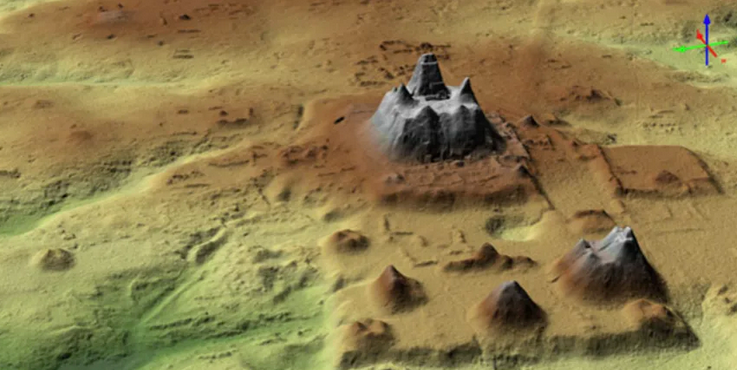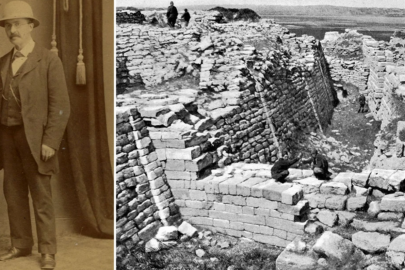For years, scholars have been puzzled by the meaning of the 819-day count of the Mayan calendar in ancient glyphic texts. By examining the count over a 45-year period, researchers have discovered that it actually corresponds to the cycles of “all major planets.” It’s an incredible example of the Mayan civilization’s advanced astronomical knowledge, and a testament to the power of human curiosity and investigation.
The new research, published in the journal Ancient Mesoamerica has seemingly managed to answer questions that have confounded archaeologists and astronomers for decades. These findings offer a unique perspective on the intricate mathematics that underpin the complex Mayan calendar system. This research takes a broader view than any previous scientific investigation and provides new insights into the sophisticated astronomical knowledge possessed by the Maya.
Newly discovered jellyfish is a 24-eyed weirdo related to the world’s most venomous marine creature
The two study authors, John H. Linden and Victoria R. Bricker, from Tulane University, explained that archaeoastronomical researchers had always struggled explaining the meaning behind the 819-day count in the Mayan calendar, that was only described in glyphic texts. It was always suspected that it was related to planetary cycles, but authors noted that “its four-part, color-directional scheme is too short to fit well with the synodic periods of visible planets”.
Read more: Ancient Origins







































